Where to go
All Destinations
Some of our favourites
A selection of our favourite suggestions

Australia
Australia offers great diving. As well as the Great Barrier Reef there are the wonders of Lord Howe Island and Ningaloo Reef.

Raja Ampat
Raja Ampat just happens to sit right on the bullseye of the Coral Triangle, which is the area of highest marine biodiversity on earth. With more species of fish and coral than anywhere else on our planet, the diving here is jaw-dropping.

Papua New Guinea
This is one of the last few genuine frontier areas left on the planet. Mention Papua New Guinea and people will probably have visions of cannibals marauding through the jungle. Well, nowadays, the only headhunters you’re likely to come across are Australian recruitment consultants on holiday, but they – and you – would be among the first people to explore what is a truly original destination.

Fiji
Stunning soft corals, great marine life, beautiful beaches and the 'friendliest people on Earth'. What's not to like about Fiji.

Mozambique
Untouched beauty along with some of our favourite dive sites. What's not to like about Mozambique?

Little Cayman
World-class diving and laid back Caribbean charm at its best. This is one of the very best Caribbean diving destinations.

The Azores
The Azores offer world-class diving; we think the best in Europe. It also offers some amazing activities around its volcanic scenery.

Maldives
The Maldives is a world-class diving destination, particularly if you like diving with big fish. Above the waves you find pure white sand, blue seas and world-class hotels. What's not to like?

Rangiroa
Rangiroa, at the heart of the Tuamoto archipelago, is the second largest atoll in the world. Only an hour's flight away from Tahiti, it is home to some world-class diving.

Micronesia
The Federated States of Micronesia (FSM) is made up of four states from West to East: Yap, Chuuk (previously known as Truk), Pohnpei and Kosrae. Theses states make up approximately 607 islands (only 65 are inhabited) spread over 2,500km just north of the equator in the Western Pacific.

Philippines
The Philippines has an incredible amount of variety in the form of WWII wrecks, pristine reefs, world-class muck diving and one of our favourites: the thresher shark.

Indonesia
Home to some of the best diving on earth, incredible landscapes and world class hotels, Indonesia is one of our favourite countries. There are some 17,000 islands to choose from but we know the very best spots to head to.

Taveuni
Soft coral capital of the world and offering so much more, this is a must visit. The Great White Wall is worth the trip on its own!

Lord Howe Island
Home to the southernmost coral reef in the world, this little known island is a hidden gem.

Bahamas
Scattered like dabs of possibility on an adventurer’s palette, the Bahamas are ready-made for exploration. Just ask Christopher Columbus, he bumped against these limestone landscapes in 1492 and changed the course of history.

Mexico
Two different coastlines, two totally different types of diving, both offering something very special.

Wakatobi
With some of the most pristine reefs on earth, Wakatobi is paradise for those that love coral and the small stuff - particularly the pygmy seahorse!

Ecuador & the Galapagos
Home to a rich variety of wildlife, both above and below the waves, some of which are found nowhere else in the world.

Gozo
Gozo, Malta's quiet sister, offers great Mediterranean diving, as well as culture, with a collection of charming villages and prehistoric sites to visit; and it's relatively anonymous.

Southern Red Sea
The southern Red Sea combines what we love about Red Sea diving with a more relaxed and quiet atmosphere, that is to say, not as many people know about it as they do Sharm.

Komodo
Komodo is a stunning destination both above and below the waves. This national park has some of the very best diving on earth.

Dumaguete and Dauin
Incredible muck diving, beautiful reefs and one of our favourite hotels, this region is an absolute gem.

Mafia Island
Little known Mafia is one of the only places you are virtually guaranteed whale sharks at the right time of year.

Palau
Located midway between the Philippines and Guam in the western part of the Caroline Islands (this eastern part is known as Micronesia), the nation's claim to fame is now its world-class diving...
Where to go when
Our travel experts have highlighted our favourite places to visit each month
From our blog
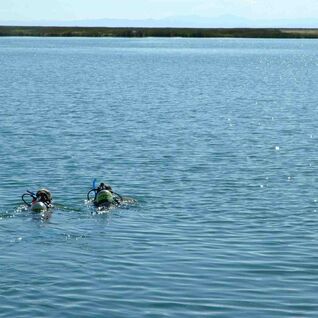
Everything You Need to Know About Nitrox Diving
Ever wondered what those dive tanks with strange green and yellow stickers on them are? These tanks contain 'voodoo gas' - the nickname given to nitrox when it first began to appear on dive boats back in the 1980s. We're here to answer some common questions about nitrox, so you can impress…
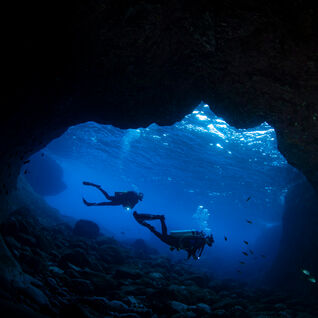
Where Our Team Have Been This Year
Our Original Diving team is a well-travelled bunch, and this year they've been on a mission to discover the ocean's underwater marvels. They've dived with playful dolphins in French Polynesia, navigated the calm waters of the Cayman Islands and come face-to-face with thresher sharks in the…
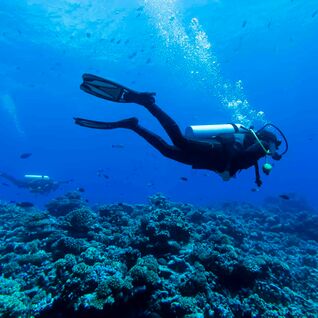
Just Back: Rachel’s Research Trip to French Polynesia
Our Original Diving expert, Rachel, recently spent two weeks on a research trip in French Polynesia. When she wasn't hiking through lush mountains in Moorea and cycling along the islands of Rangiroa, she was diving with dolphins in the Tiputa Pass and spotting hundreds of hammerheads in…
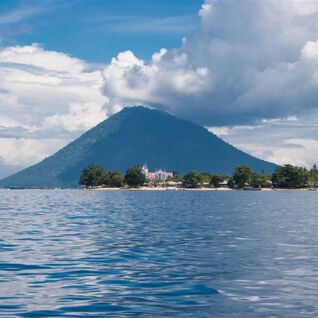
Our Top Ten Sulawesi Facts
Sulawesi is a huge island. The 11th largest in the world, in fact. Known for its mountainous terrain and lush rainforests, Sulawesi is a treasure-trove of biodiversity with over 450 bird species and 5,972 vascular plant species, 2,225 of which are endemic, alongside dugongs, coral reefs and…
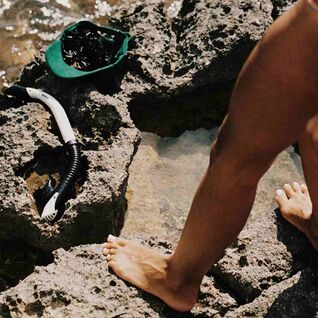
The Traveller’s Gift Guide: For the Diver Who Has Everything (Except These)
Divers are notoriously difficult to buy for. They either own everything, hold exacting opinions on what constitutes the 'right' gear, or prefer to risk it with a rental. Yet there is hope. A new wave of travel-ready, durable and sustainably minded equipment promises to satisfy even the most…
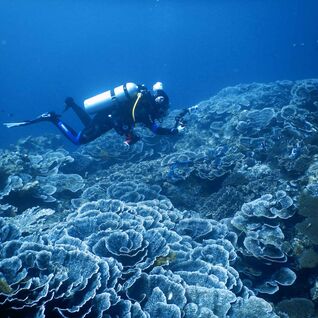
The Banda Sea aboard the Mermaid II
A dive adventure aboard the Mermaid II to the Banda Sea is the perfect diving experience. You can see marine life you might never have encountered before, from mobula rays and sea snakes to zebra urchin crabs and blue whales (yes, more than one). You could even spot hammerhead sharks gliding…
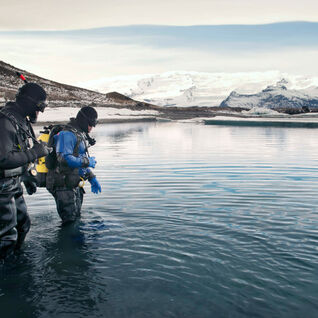
Cold Water Diving: All You Need to Know
With access to elusive marine life, lesser-explored dive sites and scenic underwater landscapes, there are many perks to dipping your flipper in colder waters. But preparation is key - whether it's choosing the right gear, staying warm between dives or navigating unpredictable visibility.…
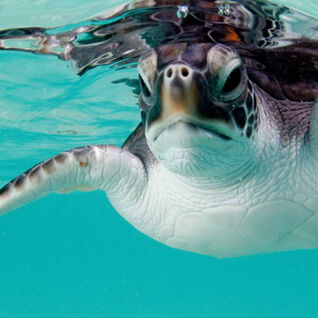
Our Favourite Ocean Migrations
You've heard of epic land migrations (hello, wildebeests), but what about those that happen beneath the waves? Every year, marine species great and small undertake mighty migratory journeys across the ocean in search of food or a mate, or both. From wandering whales to cruising sea turtles,…
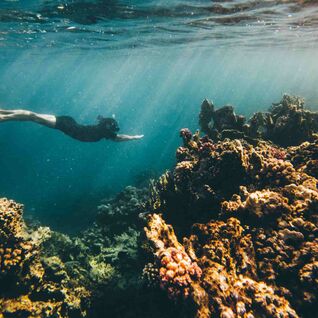
The Best Barrier Reefs in the World
What makes a barrier reef a barrier reef? We're here to tell you. Often referred to as 'rainforests of the sea,' barrier reefs are composed of billions of tiny coral polyps that form living walls, providing food and shelter for an array of underwater life and serving as hubs of buzzing…
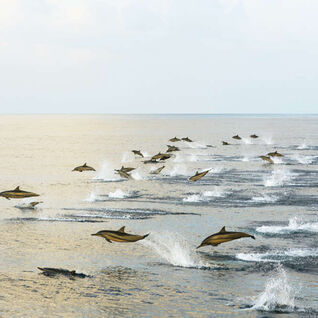
Use it or Lose it
Do you still have some annual leave left? You're not alone. Nearly two-thirds of UK workers don't use their full annual holiday allowance, and we're here to change that. After all, time off is not a perk; it's what makes the work/life balance just that: balanced. Our short diving breaks are…

Top Five Strange Sea Creatures
While ocean giants like whales and sharks often steal the spotlight, let's not forget the strange sea creatures lurking below. From ancient crinoids and striking coral shrimpfish to vibrant peacock mantis shrimp and the downright bizarre hairy frogfish, the ocean is home to many weird and…
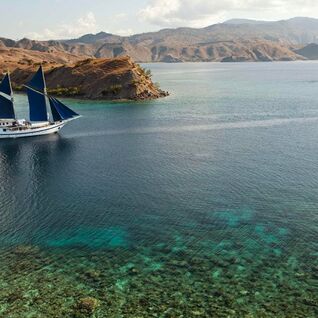
Top Ten Komodo Facts
Komodo is immensely beautiful both above and below water, boasting volcanoes and kaleidoscopic reefs to leathery dragons and brightly coloured frogfish. Sitting pretty in the middle of Komodo National Park, it stands as a jewel of Indonesia's archipelago. Whether you want to learn about its…












